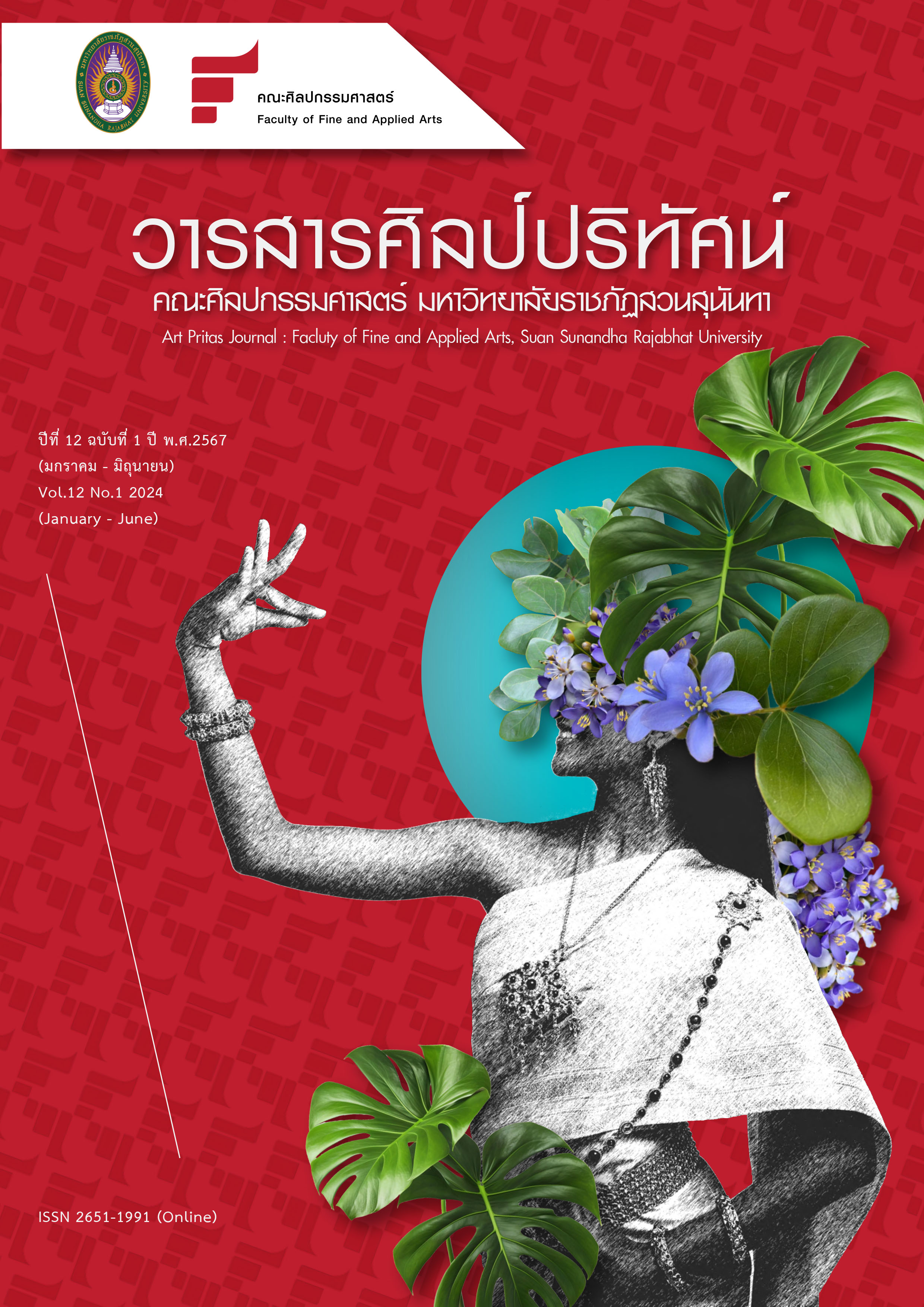MULTI-SENSORY INTEGRATION IN BRAND DESIGN: A COMPREHENSIVE APPROACH TO CONSUMER EXPERIENCE
Main Article Content
Abstract
This research delves into the profound impact of multi-sensory integration on consumer experience within the domain of brand design, with a particular focus on the subject of artificial intelligence (AI) in brands. The study is rooted in the recognition that perception is a complex process that amalgamates information from various sensory channels, fostering a comprehensive understanding of our environment. Central to this exploration is the concept of 'Multi-Sensory Integrated Design,' an innovative approach that actively engages all human senses - sight, hearing, taste, smell, and touch - to craft a holistic sensory experience for consumers. The research investigates how the integration of multiple senses can effectively stimulate and guide consumer behavior, thereby elevating the overall brand experience. It emphasizes the evolving landscape of brand design in an era marked by rapid technological advancements and the omnipresence of the Internet. In this context, brands are transitioning from a product-service orientation to an emphasis on product-experience. The study employs a qualitative approach, gathering data from diverse sources, including academic articles, industry reports, and case studies of brands that have successfully implemented multi-sensory integration in their design. The findings underscore the paramount importance of multi-sensory integration in brand design, showcasing how the seamless blending of various senses not only enriches the consumer's experience but also fosters a deeper emotional connection between the consumer and the brand. The research also delves into the potential of emerging technologies such as augmented reality (AR) and virtual reality (VR) in enhancing multi-sensory brand experiences, particularly in the context of AI-powered applications. The research concludes with forward-looking suggestions for future studies and the application of the multi-sensory integration design concept to brand design, aligning with the ongoing trends in technological advancements. This research provides valuable insights for both practitioners and scholars, offering a roadmap for more effective and impactful brand design strategies in the future, with a special emphasis on the transformative role of AI in brands.
Article Details

This work is licensed under a Creative Commons Attribution-NonCommercial-NoDerivatives 4.0 International License.
เนื้อหาและข้อมูลในบทความที่ลงตีพิมพ์ในวารสารศิลป์ปริทัศน์ ถือเป็นข้อคิดเห็นและความรับผิดชอบของผู้เขียนบทความโดยตรง ซึ่งกองบรรณาธิการวารสารไม่จำเป็นต้องเห็นด้วย หรือร่วมรับผิดชอบใดๆ
บทความ ข้อมูล เนื้อหา รูปภาพ ฯลฯ ที่ได้รับการตีพิมพ์ในวารสารศิลป์ปริทัศน์ถือเป็นลิขสิทธิ์ของวารสารศิลป์ปริทัศน์
References
Byrd, S. (2001). Experiential Marketing. Beijing: China Three Gorges Press.
Gao, F. (2016). Review and prospect of studies on the effects of sensory stimulation on consumer behavior. Brand Research, (02), 63-70.
Hara, K. (2010). Design in Design. Guilin: Guangxi Normal University Press.
Mo, M. (2013). Application of multi-sensory integrated design concept in advertising. Packaging Engineering, 34(20), 4-7.
Wen, X. (2009). A theoretical model of multi-sensory cue integration. Advances in Psychological Science, 17(4), 659-666.
Yang, D. (2015). The application of Multi-sensory Integrated Design in Brand Promotion. Brand Research, (02), 11.


